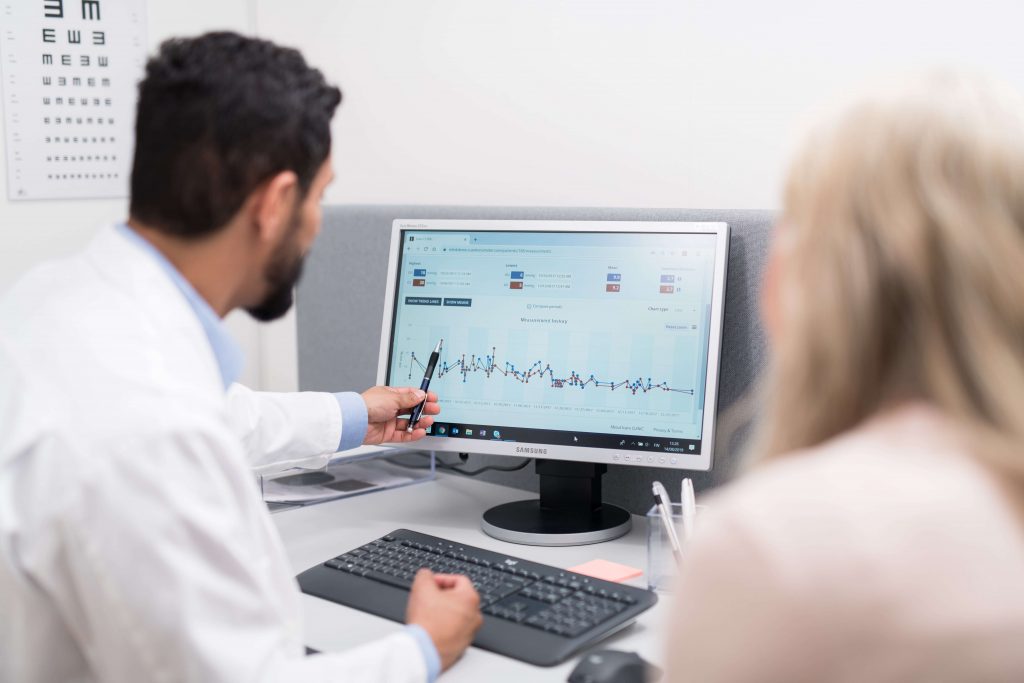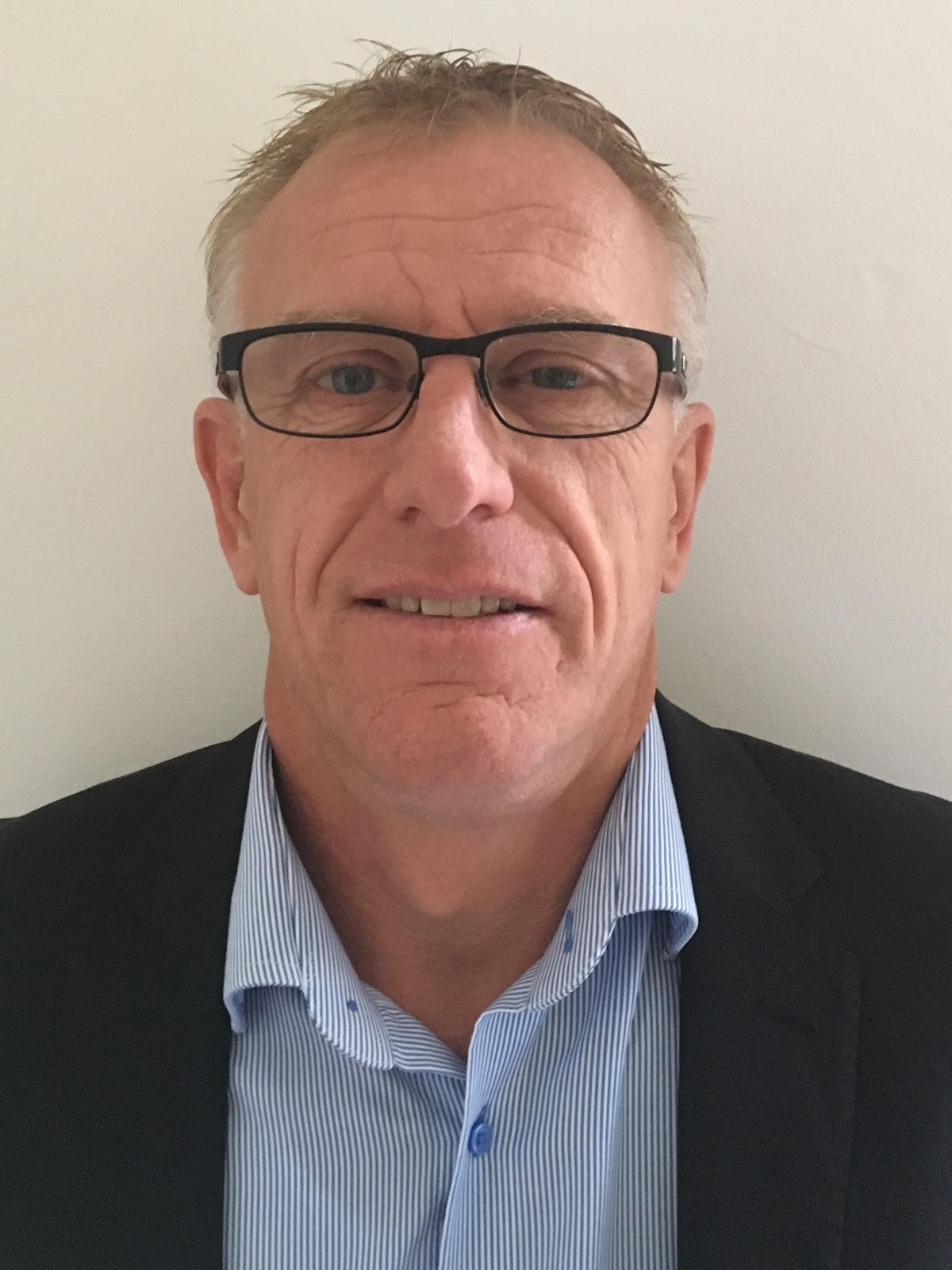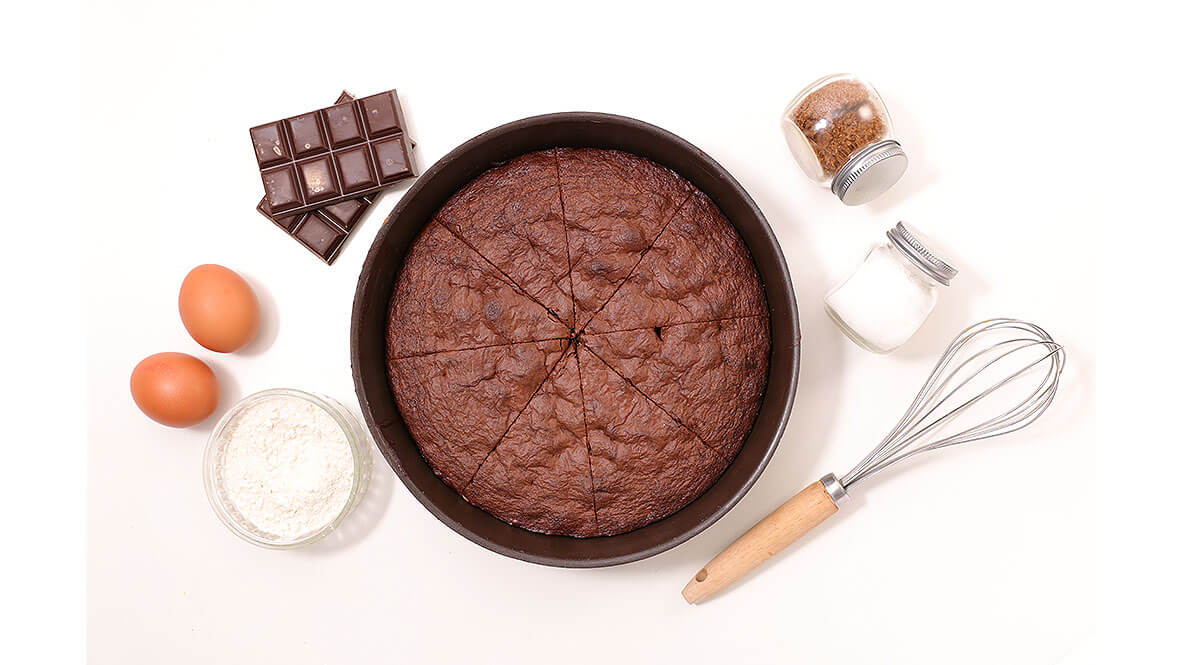If we had a penny for every aspect of ophthalmology affected by the coronavirus we’d be able to fix our wrecked economies… and have change for a trip to Hawaii. Twice. Maybe even three times, and certainly enough for an all inclusive stay…
It’s hard to think of anything that hasn’t been fundamentally altered by the pandemic, isn’t it? In ophthalmology, its wake is being felt most acutely in frontline medicine and clinics. It’s become impossible for most ophthalmologists to meet patients and carry out basic procedures without compromising social distancing rules. The problem is exacerbated by an international chronic shortage of PPE.
Tonometry Trouble

Tonometry is one of coronavirus pandemic’s biggest casualties. A mainstay of most ophthalmology clinics, tonometry is the standard procedure clinicians use to determine a patient’s intraocular pressure (IOP). This involves applying pressure to the eyeball using an instrument similar to an air piston.
Most commonly used to diagnose conditions like glaucoma, tonometry usually involves close proximity between the practitioner and patient. As such it was important that safety control measures are strictly in place for this procedure. A detailed Hong Kong study1 on stepping up infection control measures in ophthalmology emphasizes how critical it is for ophthalmologists and their local infection control team to work together and implement infection control measures suitable to their own clinical settings.
Contactless in Coronavirus?
The UK College of Ophthalmologists, the Royal Australian and New Zealand College of Ophthalmologists (RANZCO), and other bodies are advising their members to postpone procedures (i.e. standard tonometry, routine DR screening, among others) until the crisis abates. Tonometry, being one of the most simple and effective tool available to eyecare practitioners is no longer advised (at least not without the necessary infection control measures if a situation calls for it).
Some have pointed to non-contact tonometry as a solution. This method uses a rapid air pulse to applanate the cornea and estimates intraocular pressure by detecting the force of the air jet at the instance of applanation. This method is also known as ‘air puff’ tonometry, and it has proven popular as it avoids the need for topical anesthesia. It is therefore useful for screening in children and adults who are unable to tolerate methods utilizing close contact.
Air puff tonometry generally currently faces two obstacles. First, the non-contact method is generally considered to be less accurate than regular tonometry, though according to some studies2 it has been shown to have comparable readings to GAT (Goldmann applanation tonometry) – the considered gold standard in IOP measurement.
Secondly, ophthalmologists are struggling to introduce the air puff method as a safe alternative to contact tonometry during this time of coronavirus pandemic. The Hong Kong study on infection control methods was unable to implement the air puff method, even under rigid social distancing conditions. This is because medical experts recently suggested that COVID-19 is capable of aerosol transmission and air puff tonometry is a potential source of microaerosol.
Homecare Equals Best Care?
A safe alternative that would allow tonometry to continue is being promoted by Icare Finland Oy. A leading ophthalmology equipment manufacturer originally founded in Helsinki, Icare Finland Oy specializes in tonometry equipment. The company has more than 80,000 customers in over 100 countries and has received recognition for its equipment including CE, US FDA and SFDA certifications.
Icare Finland Oy believes its Icare HOME Tonometer system is the solution ophthalmologists need in the coronavirus era. The device is small enough to fit in one’s hand, allows for 24-hour monitoring, and can be used at home as easily as in the clinic. It’s also based on a rebound measuring principle that requires no drops or specialized skills for its use, thus eliminating the risk of transmission via air particles.
According to Shane Hage, Icare Finland Oy’s regional director for Asia-Pacific, acceptance of home care tonometry in the market has been started in many countries. However, all previous bets are now off regarding standard ophthalmology practice. Mr. Hage is convinced his company’s product can offer longer-term advantages to optometrists and patients.
“Once the doors reopen after the lockdown what is going to be the best practice for tonometry? How do we ensure the safety of optometrists and patients? RANZCO and other bodies state you can’t use air puff tonometry,” Mr. Hage said.
“Icare uses a disposable probe so there’s no risk of cross contamination with patients and proximity is limited,” he explained.
Medical Heads in the Clouds

Emergency surgency for glaucoma is still possible under social distancing rules and Mr. Hage points out that his company’s product makes it safe to triage patients. Data collected by the home device is uploaded to a cloud which also facilitates telemedicine conferences. Doctors can discuss the results with their patients and decide on the need for surgery.
According to Mr. Hage, the benefits of the Icare HOME Solution also go beyond ophthalmology. Mental health is a burgeoning issue in the crisis thanks to decreased social contact and concern about halted treatment. This is an issue Mr. Hage believes the Icare HOME Tonometer can alleviate.
“Patients with glaucoma can see what their [eye] pressures are doing at home and that certainly alleviates anxiety, and from the doctors point of view they can provide continuous care. It’s a win-win all around,” he said.
Given coronavirus’s expected longevity, the changes it causes are likely to become increasingly permanent. As the Icare HOME Tonometer can be easily deployed at home without needing specialized skills it represents a good investment for ophthalmologists seeking to mitigate the damage caused by the pandemic.
Times are bleak and good news is a rare commodity, both generally and specifically, within the ophthalmology community. If Icare’s HOME Tonometer system can continue patient care safely on a large scale then it represents welcome news.
Editor’s Note: Icare is a Finnish Healthtech company focused on screening, early intervention and ongoing management of chronic diseases. At Icare, one of the focus areas is improving the wellbeing of glaucoma patients, suspects and first degree relatives to ensure quality of life is maintained by providing tools that are innovative, accurate and patient friendly. The company has designed devices to cover all aspects of IOP management for everyone, anytime, anywhere.
References
- Lai THT, Tang EWH, Chau SKY, et al. Stepping Up Infection Control Measures in Ophthalmology During the Novel Coronavirus Outbreak: An Experience from Hong Kong. Graefes Arch Clin Exp Ophthalmol.. 2020;258(5):1049-1055.
- Demirci G, Erdur SK, Tanriverdi C, et al. Comparison of Rebound Tonometry and Non-Contact Air Puff Tonometry to Goldmann Applanation Tonometry. Ther Adv Ophthalmol. 2019; 11: 2515841419835731.




